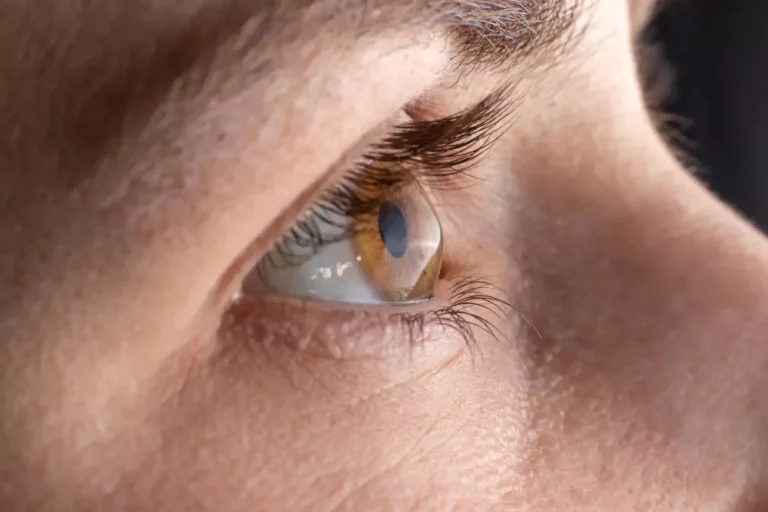Keratoconus

Keratoconus is a progressive eye condition where the normally round cornea thins and begins to bulge into a cone-like shape. This irregular shape distorts vision by preventing light from focusing correctly on the retina. Here are key points about keratoconus:
Cause and Progression: The exact cause is unknown but believed to involve a combination of genetic, environmental, and hormonal factors. It often begins during the teenage years and may progress into the 30s or 40s.
Symptoms: Symptoms include blurred or distorted vision, increased sensitivity to light, frequent changes in eyeglass prescription, difficulty seeing at night, and seeing halos or glare.
Diagnosis: Keratoconus is diagnosed through corneal topography, pachymetry (corneal thickness measurement), and slit-lamp examination. Early detection is essential to manage progression effectively.
Treatment Options:
Glasses or soft contact lenses are used in early stages.
Rigid gas-permeable or scleral lenses help correct irregular corneal shape in advanced cases.
Corneal collagen cross-linking (CXL) is a non-invasive treatment that strengthens the corneal tissue and halts progression.
In severe cases, corneal transplant surgery may be required.
Lifestyle and Management: Rubbing the eyes can worsen the condition and should be avoided. Regular follow-ups with a cornea specialist are crucial to monitor changes and adjust treatment accordingly.
Prognosis: With timely diagnosis and modern treatments like CXL, many patients can stabilize the condition and maintain functional vision without needing invasive surgery.
